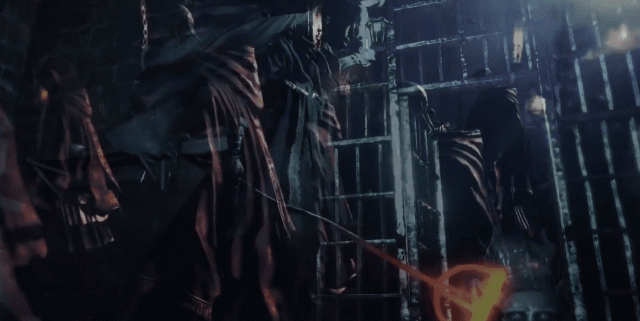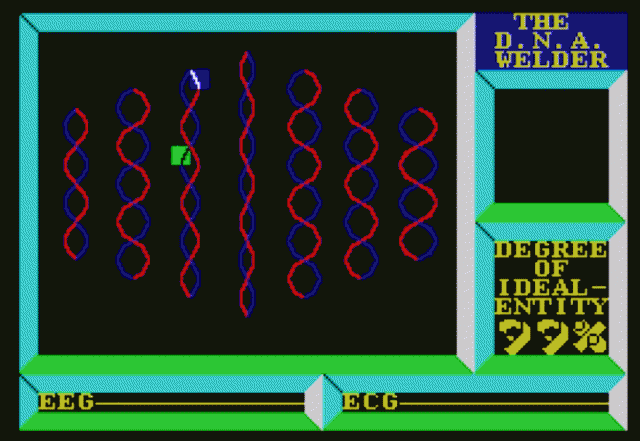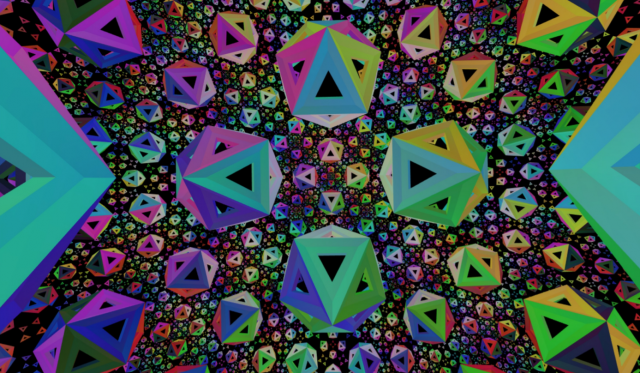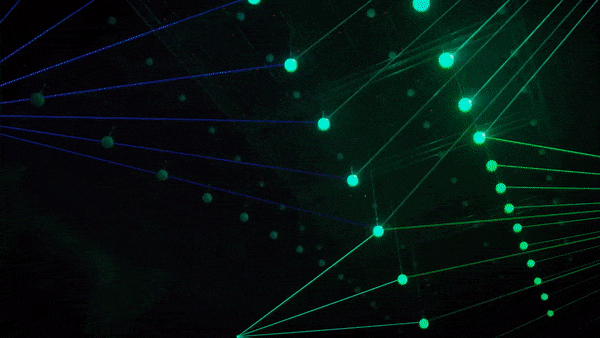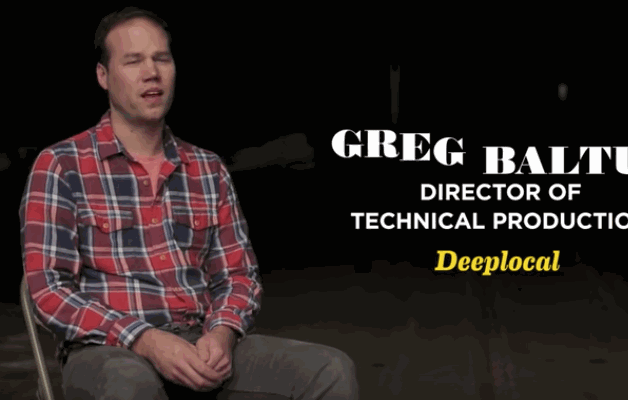I have to be honest, prior to this class I haven't had any prior exposure to a lot of interactive and computational art outside of video-games, and one game that I have played really stands out to me as doing something profound and interesting with interaction. That game is Dark Souls III, made by From Software on their own engine and funded by Sony. To me, what really stood out about this game was their ability to really use interactivity as its own medium to express ideas and evoke feelings from the player instead of just using it as a device to drive the story. Dark souls as a game is a convoluted, labyrinthine with looming, powerful obstacles and large hyper-Gothic architecture. Everything from the music to the character design and color pallet is meant to make the player feel small, confused, lost and alone and the game play perfectly echoes those feelings. The level design collapses back on itself and can be frustrating to navigate and everything about combat and exploration can be completely daunting to some. It is the first game I have seen that wasn't designed just to be enjoyable, but to convey ideas and emotions about the world using the medium of interactivity instead of exposition, and this is where I think interactive art thrives and is truly unique.

